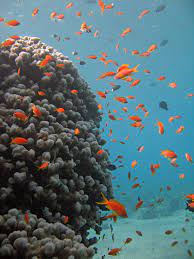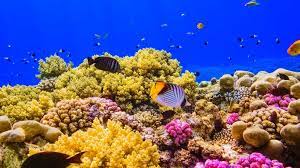aaa Southern Reefs, Netherlands Antilles islands
aaa Sian ka’an biosphere reserve, Monarch butterfly migration Yucatan Peninsula, Mexico
aaa Sea of Cortez
Hope for corals? Perhaps the end of bleaching?
Coral reefs are really important. While they only cover a small area (under 1% of the earths surface area) they support about 25% of all marine life, including more than 4000 species of fish.

Continue reading “Hope for corals? Perhaps the end of bleaching?”
Can the red sea teach us how to save the worlds corals?
The coral itself is actually usually quite a dull colour, the brilliant colours of coral reefs come from the algae that lives within its coral tissue. These algae’s are called Zooxanthellae and in return for their home, the algae supply most of the corals nutrients.
The problem, is that these algae are very sensitive to temperature changes, and so if the sea remains unusually warm or cold for more than a few days, the algae leaves the corals and this is called a bleaching. This bleaching has occurred more and more recently in the last few years.
As a result of this, it is feared, that up to 90% of the corals worldwide will be lost by 2050.
This is where the red sea corals become so interesting.

Just 2 years ago, researchers found some corals in the Gulf of Aqaba, a trench between Israel, Jordan and Egypt which could withstand higher temperatures for longer. Just 1 degree above normal, sustained for a week can be enough to cause bleaching. If the temperature does not fall quickly, the corals will die. Yet here, corals have been seen to survive temperature rises above 7 degrees. It is thought that these corals have developed these abilities because they regularly suffer large temperature changes.
If they can identify corals that have this ability, and translocate them into new reefs, they will cross-breed. As the heat resistant corals are heat resistant, they are likely to survive far longer and therefore be able to pass on their heat resistant trait into the whole reef.
Given the rapidly warming planet, we only have about 30 years to act. Apart from their own intrinsic value, coral reefs are also worth roughly $600,000 per square kilometre each year, through protecting coastlines, increased tourism, medication and a whole lot more effects.
This is a fantastic possible save for the worlds reefs, time will tell if it works.
